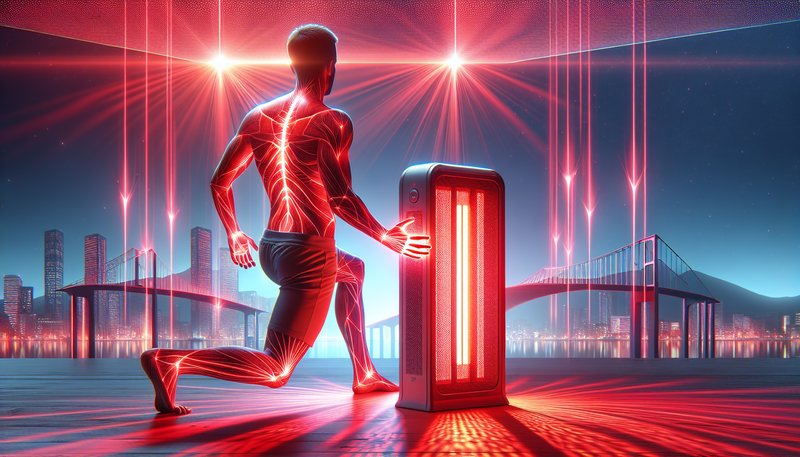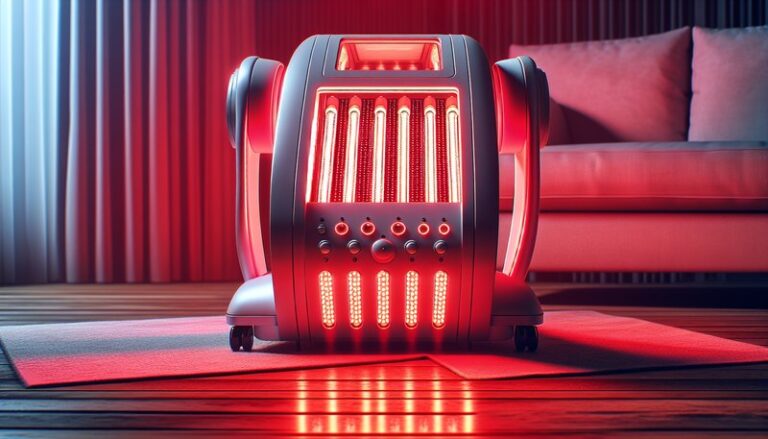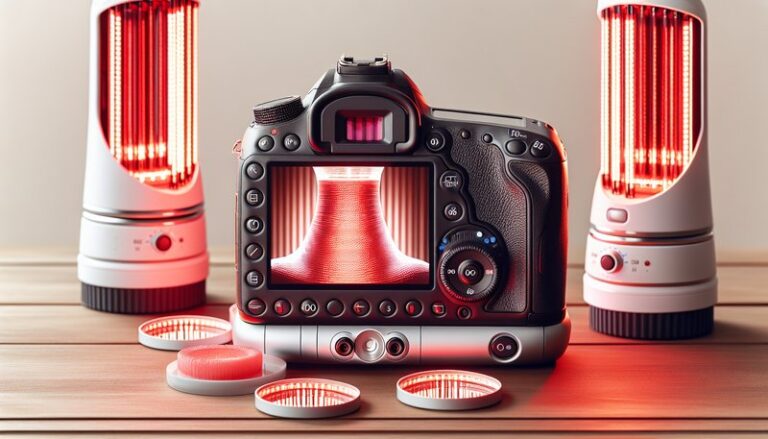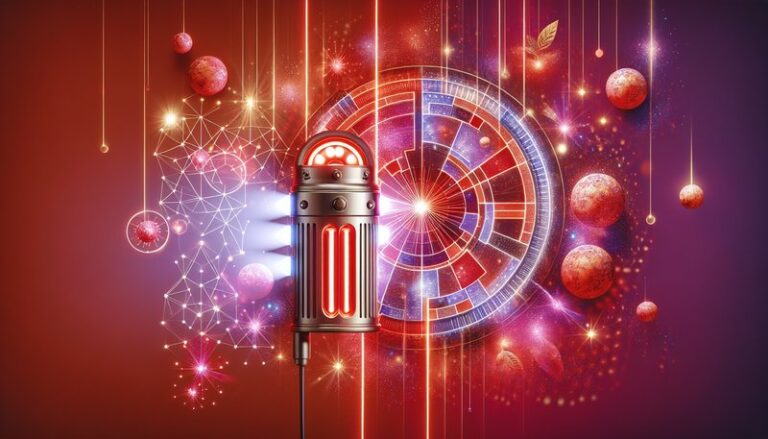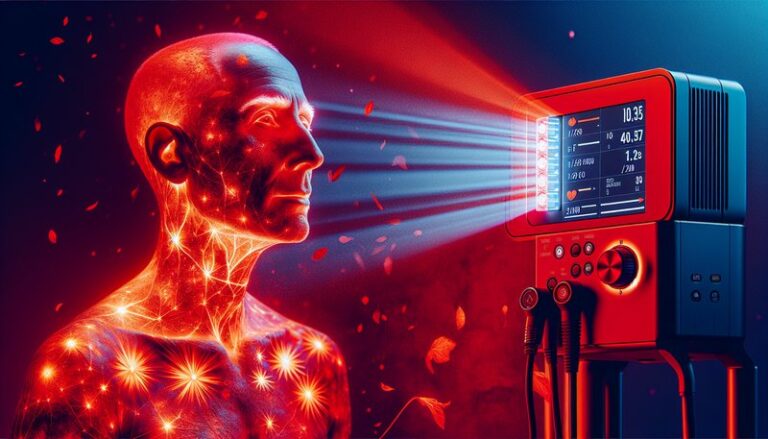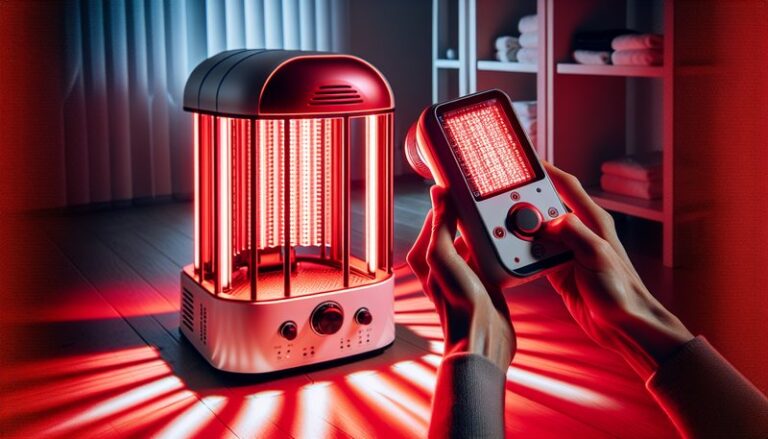Does Red Light Therapy Help With Stress?
Does Red Light Therapy Help With Stress?
Are you struggling with stress and looking for effective ways to manage it? If so, you’re not alone. Many people are exploring alternative therapies for stress relief, and one such option is red light therapy.
This article will delve into red light therapy, its benefits for stress management, and practical considerations for those interested in exploring this innovative treatment. We will also discuss alternatives and answer common questions to provide a comprehensive overview.
Key Takeaways
- Red light therapy may help reduce stress by promoting relaxation and improving mood.
- It works by using specific wavelengths of light to stimulate cellular processes.
- Consulting with a healthcare professional is recommended before starting any new therapy for stress management.
What is Red Light Therapy?
Red light therapy (RLT) is a treatment that utilizes low-level wavelengths of red or near-infrared light to heal tissues and promote various biological processes. This therapy is non-invasive and has gained popularity for its applications in skin health, pain relief, and muscle recovery.
RLT works by penetrating the skin and stimulating cellular energy production in the mitochondria, which can enhance cellular function. This process promotes healing, reduces inflammation, and may help regulate mood and stress levels.
What are the Benefits of Red Light Therapy?
This section explores several advantages associated with red light therapy, particularly in how it may help with stress relief.
Stress Reduction
One of the most significant benefits of RLT is its potential to reduce stress levels. Studies suggest that the therapy can influence the production of endorphins, which are natural mood lifters. By promoting relaxation and decreasing cortisol levels, RLT helps mitigate the negative effects of stress.
Improved Sleep Quality
RLT can also enhance sleep quality, which is essential for managing stress. By influencing melatonin production, this therapy supports a more restful sleep cycle. Improved sleep leads to better emotional regulation and resilience against stressors.
Enhanced Mood Regulation
Regular sessions of red light therapy may improve mood and reduce symptoms of anxiety and depression. The light exposure can trigger biochemical pathways that result in a more balanced emotional state, enabling individuals to cope better with daily stressors and challenges.
Increased Energy and Overall Well-Being
Reduced fatigue and increased energy levels are additional benefits reported by users of RLT. Higher energy can result in a more positive outlook and better responses to stress, enhancing overall mental and physical well-being.
Is it Possible to Use Red Light Therapy for Stress Relief?
Yes, using red light therapy for stress relief is entirely feasible and increasingly accessible. Many clinics offer RLT sessions, and at-home devices are available for personal use. The treatment is generally safe, painless, and requires minimal time commitment.
See our guide on Does Red Light Therapy Help Neuropathy?
What are the Advantages of Using Red Light Therapy for Stress Relief?
RLT has various advantages as a stress relief method, making it appealing to those seeking alternatives to traditional therapies.
Convenience of Treatment
Both in-clinic and at-home options provide flexibility for individuals, allowing them to incorporate therapy into their routines easily. Most treatments can be completed in under 20 minutes.
Non-Invasive Solution
RLT is non-invasive, eliminating the need for medications or surgical interventions, which can sometimes come with unwanted side effects.
Supportive Evidence
Emerging research supports the efficacy of red light therapy for various health benefits, including stress reduction. This scientific backing may enhance confidence in its use.
What are the Disadvantages of Using Red Light Therapy?
While RLT has numerous benefits, it’s essential to consider some potential disadvantages or challenges.
Cost of Equipment and Sessions
Accessing RLT may involve higher costs, especially for professional sessions. At-home units also vary in price, making it necessary to assess budget considerations.
Limited Research
Although some studies support its benefits, more extensive and conclusive research is needed to fully understand its long-term effects on stress and mental health.
Not a Standalone Treatment
RLT should be viewed as a complementary therapy. Relying solely on it without addressing underlying causes of stress or engaging in other coping strategies may limit effectiveness.
What are the Things to Consider Before Using Red Light Therapy?
Before starting red light therapy, several important factors should be considered to ensure safe and effective treatment.
Consultation with a Healthcare Provider
Before beginning any new therapy, especially for mental health issues, it’s crucial to consult a healthcare professional. They can help determine if RLT is appropriate for your specific situation.
Understanding Device Specifications
Research the specifications of at-home RLT devices to ensure they emit the correct wavelengths and intensities known to be effective for stress relief. Ensure compliance with safety standards.
Frequency and Duration of Treatment
Understanding the recommended frequency and duration of treatments is essential for achieving optimal results. Typically, sessions last from 10 to 20 minutes, a few times a week.
Check out the latest Red Light Therapy Frequency
What are the Alternatives to Red Light Therapy?
While red light therapy is beneficial, there are several alternatives for managing stress effectively.
Meditation and Mindfulness
Practices like meditation and mindfulness can be incredibly effective for stress relief. They promote relaxation, enhance focus, and increase emotional resilience.
Exercise
Physical activity is one of the most potent stress relievers. Regular exercise helps decrease stress hormones, improve mood, and increase overall well-being.
Cognitive Behavioral Therapy (CBT)
CBT is a structured, goal-oriented therapy that helps individuals learn and apply coping strategies to manage stress. It’s particularly effective for those experiencing anxiety or overwhelming stress.
Conclusion: Is it Recommended to Use Red Light Therapy for Stress Relief?
In conclusion, red light therapy presents a promising option for stress management, offering benefits such as relaxation, improved mood, and enhanced sleep quality. While it is not a standalone solution, it can complement other stress-relief techniques effectively. Before committing to RLT, it’s advisable to consider all factors and consult with a healthcare professional to ensure that it fits into your overall stress management strategy.
Frequently Asked Questions
Can red light therapy be used for other conditions besides stress?
Yes, red light therapy is used for various conditions including pain relief, skin rejuvenation, inflammation reduction, and wound healing.
How often should I use red light therapy for stress relief?
It is generally recommended to use RLT for 10-20 minutes, a few times a week. However, consult a professional for personalized guidance based on your situation.
Are there any side effects of red light therapy?
RLT is considered safe with minimal side effects; however, some users may experience mild skin irritation or temporary redness.
How long does it take to see results from red light therapy?
Results can vary, but many people report noticing improvements after a few sessions, while others may take longer to experience significant benefits.
Is red light therapy covered by insurance?
Currently, most insurance plans do not cover red light therapy since it is often classified as an alternative treatment. Check with your provider for specific coverage details.
